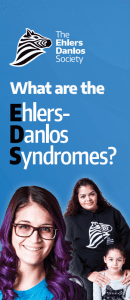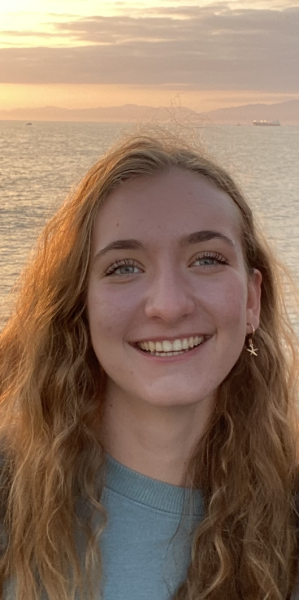
May is Ehlers-Danlos Syndromes awareness month, or EDS. EDS is a genetic connective tissue disorder that can impact very part of the body. There are thirteen different types of EDS, ranging in prevalence and impacted areas, with the most common being hypermobile EDS which often results in chronic pain and joint instability. EDS can affect each person differently and the signs and symptoms are often unique to individuals. Dr. Sujana Reddy, an Internal Medicine Physician at The EDS Clinic, describes EDS as “a real, complex, and variable genetic connective tissue disorder condition that has a profound impact even if it is not outwardly visible.”
Mrs. Kain, a teacher at Ridge, shares her experience having been diagnosed with hypermobility EDS. She wants others to understand that “it’s a condition that affects every body system and joint,” and describes it as if “you were a walking corpse that looked too young to have pain like a geriatric person in their 90s.”
This month, the goal is to spread awareness about EDS. Since there is a wide range of symptoms and the syndrome is often misunderstood, many people are misdiagnosed for long periods of time. Dr. Reddy says that incorrect diagnosis can lead to “treatments that end up making our symptoms way worse.” Kain also discusses this challenge of how “doctors offer virtually no assistance because of lack of understanding.” Despite having this condition for her whole life, her hEDS diagnosis came only four years ago. By spreading awareness to the medical community and the public, people who are living with EDS will be better able to receive care and treatment.
Kain also mentions how EDS is an invisible disability which is “one of the hardest to navigate in the public space.” Dr. Reddy adds that not being believed by others “makes us feel further dismissed, isolated, and makes our invisible disability even more invisible.”

The Ehlers-Danlos Society plays a major role in promoting awareness through many different initiatives. This May, their goal is to raise $100k to fund research and care. They also encourage people to spread awareness through social media and other events such as the walk and roll challenge. Dr. Reddy adds that she tries to advocate through social media to help others understand, because “every conversation, big or small can make a huge difference.”
Kain even recently released a documentary about the condition called Exhausted Existence: An EDS Story, which features four individuals and the “lives they lead in resilience and strength to carry on despite their challenges.”
This May, consider helping to spread awareness to educate yourself and others about EDS. At the end of the day, Kain reminds us that “people might look fine on the outside, but on the inside something deeper might be going on, so be kind.”



